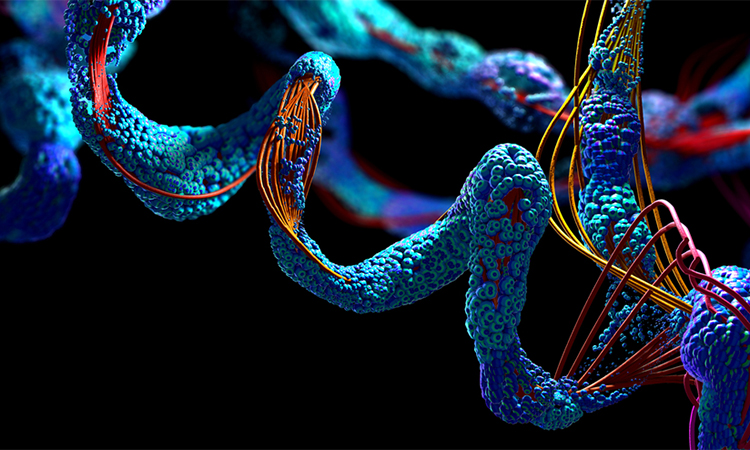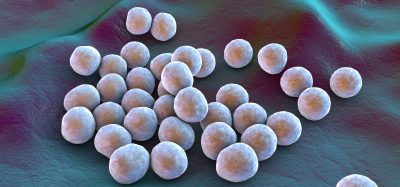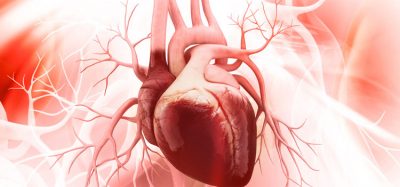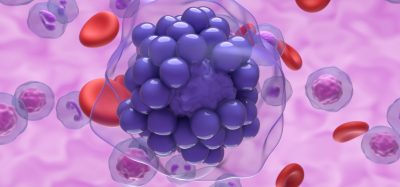How fusion proteins drive paediatric cancer
Posted: 8 March 2024 | Drug Target Review | No comments yet
Researchers discover that fusion proteins and a gene regulatory protein complex interact through disordered domains.


Researchers from the University at Buffalo, supported by the National Institutes of Health (NIH), have provided insights into the molecular mechanism behind how fusion proteins engage with a collection of proteins that activate or repress genes, which can cause cancer.
Building on their previous research published in 2021, the scientists discovered that the fusion proteins and a gene regulatory protein complex interact through disordered domains. These domains interact with a high degree of specificity by forming liquid-like droplets and blending them together.
Senior corresponding author Dr Priya Banerjee, associate professor in the Department of Physics, commented: “There has been a lot of evidence that disordered regions of proteins play a role in cancer and other major human diseases, but the question has been how…Here we show that this crucial networking event between the fusion proteins and the gene regulatory protein complex happens through their disordered domains and that there is a chemical specificity to this process.”
Fusion proteins result from a piece of chromosome breaking off and attaching to another to form a fusion gene. Fusion proteins do not always lead to cancer, but some can alter the activity of other genes to the point where cells grow uncontrollably and cause cancer. These are named fusion oncoproteins.
Lead author Dr Richoo Davis, a postdoctoral researcher in Dr Banerjee’s lab, stated: “In order for cancer to develop, a lot needs to go wrong. That is, a lot of gene mutation needs to happen. But in the case of some paediatric cancers, these fusion oncoproteins might be the sole culprit…So targeting oncoproteins alone might be sufficient enough to cure such childhood cancers.”
In breakthrough studies conducted by other groups, it has been demonstrated that fusion oncoproteins alter gene activity by hijacking a major chromatin remodeller, the mammalian SWI/SNF complex. Almost 20 percent of all human cancers have a mutation in this protein complex.
For the new study, the team sought to exactly find how fusion oncoproteins hijack the complex. The results were that the fusion oncoproteins and the mammalian SWI/SNF complex interact through their respective disordered domains.
Disorder domains are unable to fold into unique, three-dimensional shapes so have long been a mystery. However, research in the last two decades has shown that almost 30 percent of the human proteome are disordered and that disorder regions drive some crucial biological processes and major human diseases.
The team specifically studied prion-like domains, from fusion oncoproteins and the gene regulatory complex. They discovered these domains form co-condensates or membrane-less organelles, in the nucleus of the cell.
Dr Davis further investigated this by using a blue light-activated droplet-forming system that enabled the team to observe these processes more clearly. However, there is exquisite specificity of what can co-condense together to activate aberrant gene expression leading to cancer.
“We found that disordered regions of repressor proteins don’t really enrich in the droplets formed by prion-like domains and we think that this selectivity in molecular networking is an important mechanism by which fusion oncoproteins contributes to cancer development,” Dr Banerjee elucidated.
Once the fusion proteins have successfully hijacked the complex, they can remove it from the genes it’s meant to turn on and bring it to genes it should not turn on. Moving forward in the fight against cancer, drugs could be developed to target the abnormal networking of fusion proteins with the SWI/SNF complex.
“This fundamental research is crucial,” Dr Banerjee concluded. “We cannot cure a fatal human disease unless we fully understand the molecular wiring underneath it.”
This study was published in Nature Communications.
Related topics
Cancer research, Drug Targets, Gene Therapy, Molecular Biology, Protein
Related conditions
Cancer, Cancer Research
Related organisations
University at Buffalo (UB)
Related people
Dr Priya Banerjee (UB), Dr Richoo Davis (UB)








